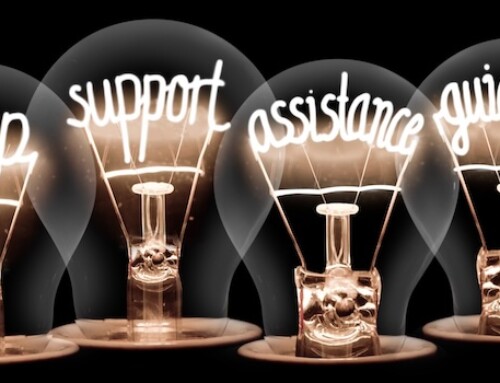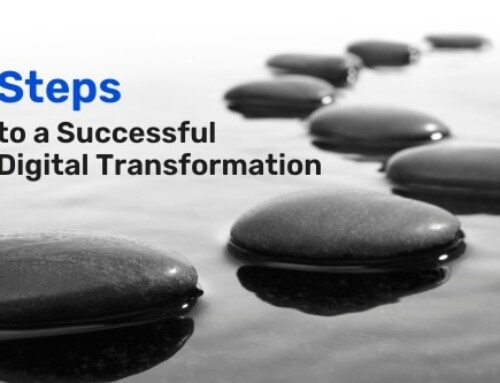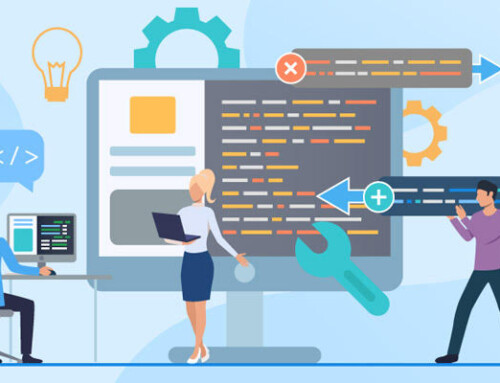David Hart
Director
Is a successful CRM project the ‘holy grail’ for Membership organisations? Why should it be? There are many suppliers providing CRM systems, and we know how to deliver successful projects – don’t we? Or perhaps it’s the concept of CRM itself – do we know what we are trying to achieve?
We’ve seen several Membership CRM projects, some successful, others perhaps not. So how do we actually achieve that ‘holy grail’?
So, what about CRM projects?
- They involve IT, and IT projects are notorious for their high failure rate. However, reasons for failure are well-known and the risks can be minimised. Then there are the suppliers – several experienced CRM system suppliers provide solutions for the sector. However, although the supplier can deliver an IT system that works – they won’t be able to deliver your CRM objectives for you.
- CRM is more about people and culture than it is about technology, and just implementing an IT system won’t deliver CRM. CRM is about a different approach to your members through better use of information and data. However, improvement involves change, and change doesn’t happen until people do things differently. Central to any successful CRM project is people and culture change – improving capability and changing attitudes and behaviours to enable new ways of working. CRM is cross-cutting. A CRM focus puts the member or customer in the centre – not our organisational structures, management or processes. We may need to be radically different in how we do things.
- Most importantly, there needs to be a clear understanding of what the organisation expects from CRM. Many start by looking for an IT system – a fatal mistake and the cause of many failed projects. What problem are we trying to solve? What are our objectives and what benefits do we need? CRM needs to be aligned within wider organisational strategy with an agreed set of objectives.
- We need to recognise that the environment into which we are implementing CRM is complex. Organisations are constantly changing – plans change, external factors influence our priorities and investment decisions, staff change, and the needs and aspirations of our members change. Even in a relatively stable environment there are things going on around people, process and culture that may impact our project. We need to see CRM within a whole organisation systems context. Otherwise, it is likely to have unintended consequences, and external factors may impact its success.
When you look at these things together it isn’t surprising that a successful CRM project is often elusive. However, with the right expertise, adopting modern management tools and techniques, and the right approach, significant benefits can be realised from a successful CRM implementation. Critical areas include:
- Aligning strategy, the top team and the wider organisation around what we are doing and why – confirming and articulating the objectives and the benefits needed to demonstrate success – providing a framework that will guide the whole project.
- Adopt a structured, robust and appropriate approach to initiation, governance, procurement, contracts etc. – choosing suppliers who will take a collaborative approach. Define and plan what needs to be delivered – the people/cultural aspects as much as the technical areas – ensuring plans and budgets are realistic.
- Invest in enabling your best people to be involved in the project.
- Adopt appropriate delivery management approaches, methods and controls for your context.
- Keep the organisation engaged and involved throughout.
- Plan for the implementation in the post-project world. Understand how CRM will be used and what difference it will make. Change performance measures to reinforce the new CRM approach.
- Celebrate success!
As a leading provider of management solutions for the not-for-profit sectors, E AND H can transform your ability to deliver successful projects and sustainable change. They are also a Memberwise Recognised Supplier.









Leave A Comment